Poland’s cycling credentials are solid. The Tour de Pologne is an annual fixture on the UCI calendar and it’s also produced cyclists like Michal Kwiatkowski and Maciej Bodnar.
So have you ever thought of a cycling holiday in Poland?
Why would you visit and where would you go?
In this article, the Polish Tourism Organisation arranged for us to interview five cyclists from five different parts of the country to find out. Our interviewees are:
- Łukasz Magrian from Pomorskie Tourist Board.
- Milan Rzepkowski from Marshal’s Office of the Warmińsko-Mazurskie Voivodeship
- Piotr Nowicki from Lower Silesia Tourist Office
- Magdalena Kowalczyk from Świętokrzyskie Tourist Office
- Marcin Dąbrowski from Lublin Regional Tourist Organisation
1. Why should cyclists visit Poland?
As a country that hosts a week-long annual UCI World Tour race and has a decent crop of professional riders, cycling is embedded in our national culture.
The government also recognises how important cycling is to Poland and there has been much investment in cycling infrastructure – both in the form of EuroVelo and long-distance cycling routes such as the GreenVelo route.
Poland is a beautiful country, known for its faithfully restored capital, Warsaw and historic cities such as Poznan, Gdansk and Krakow. It’s also a country of great forests and rivers, wide plains and high mountains. It has 23 national parks and more than 1,300 lakes, so planning a cycling trip to Poland is more about trying to pick between many different amazing areas than asking whether there is anywhere decent to ride!
2. Give us an overview of Poland from a cyclist’s perspective
Look at a map of Europe and you’ll find Poland right in the middle. To the west is Germany, to the east are Lithuania, Belarus and Ukraine.
The other thing you’ll notice is that Poland is big. Poland ranks 5th in Europe in terms of population (38.5 million) and 9th in terms of area (312,000 sq km).
Poland’s northern border lies along the white, sandy beaches of the Baltic Sea. To the south lie glacial lakes and hills with the unique Land of a Thousand Masurian Lakes. There are also the dense and unspoiled forests of Bialowieża and Augustów.
To the south of the country you find the majestic peaks of Poland’s mountains, concentrated in the Sudetes and Carpathians. The Tatra Mountains are particularly well known, as it’s here you also find the region’s unique highland folklore and traditional wooden buildings.
3. What are the best regions (and routes) for cyclists in Poland?

Credit: Poland Tourism Organisation
Pomorskie region
Overview
The Pomorskie region is in the northern part of Poland, on the coast of the Baltic Sea. The region’s capital and largest city is Gdańsk, part of the Tri-City.
Within the Pomorskie region, these areas are worth checking out:
The Vistula Spit
Scenery: seaside, forest, flat area.
Most interesting routes: EuroVelo 10/13 + R10 connector.
Special attractions: the lighthouse in Krynica Morska, Wielbłądzi Garb (Camel’s Hump) viewpoint, the Stutthof German Nazi Concentration Camp Museum, the Amber Museum in Stegna, the beaches of the amber coast, the Kąty Rybackie nature reserve (cormorants).
Northern Kashubia and the Hel Peninsula
Scenery: coastal area, flat and moderate.
Most interesting routes: EuroVelo 10/13 + R10 connector route, the Trail of Northern Kashubian Manors and Palaces
Special attractions: the Hel headland (where Poland begins), the Hel fortifications, bunkers in Jastarnia, many mansions and palaces from the 19th-20th centuries (now hotels and restaurants), the Gothic monastery in Żarnowiec and the 17th-century Calvary in Wejherowo.
Tri-City
Scenery: very diverse terrain including flat areas, hilly (almost mountainous) terrain as well as forest, seaside and urban areas.
Most interesting routes: EuroVelo 10 (Baltic Sea Route) and EuroVelo 13 (Iron Curtain Trail) which connect you to the sea, the region’s ethnic diversity and its unique landscape. The European Solidarity Center in Gdańsk cultivates the symbolism of the fall of communism in Europe, which gives the Iron Curtain Route its special importance. More information on this route here.
Wiślana Rowerowa / EuroVelo 9, bicycle route through the Tricity Landscape Park (challenging route, almost mountainous).
Special attractions: monuments of Gdańsk (in particular St Mary’s Church, the Main Town Hall and the Medieval Crane), the European Solidarity Center, the Museum of the Second World War, Westerplatte; Gdynia’s modernist buildings, Kościuszko Square and southern pier, Redłowska Hillock and the pier in Orłowo, the spa square and the pier in Sopot, Bohaterów Monte Cassino St.
Warmia and Masuria, Land of a Thousand Lakes
Overview
The region of Warmia and Masuria is located in the northeast of Poland.
There are a lot of hills in our region and over two thousand lakes. More than one third of the total area of all the lakes in Poland is concentrated in Warmia and Masuria.
Warmia and Masuria`s forests are another of its assets. Almost 30% of the region is forested, with four virgin forests standing out. The best known is the Puszcza Piska forest around Węgorzewo. The Puszcza Napiwodzko-Ramucka forest, to the south of Olsztyn, is the largest forest in the province.
The region’s rich network of roads is well-suited to cycle tourism, with a great mix of gravel and asphalt roads with minimal traffic. The terrain has something for everyone – amateur cyclists, those who like to take family outings and those looking for tougher riding.
Green Velo in Warmia and Mazury
The flagship route in this region is Green Velo. The Green Velo trail in the Warmian-Masurian region allows you to visit well-known attractions, but also to get to know areas rarely described in guidebooks, where cyclists feel like explorers.
Basic information
Green Velo runs through five regions from the eastern part of Poland: Warmia and Mazury (Warmińsko-Mazurskie), Podlasie (Podlaskie), Lubus (Lubuskie), Subcarpathia (Podkarpackie) and Holy Cross (Świętokrzyskie).
Its total length amounts to 2,000 km and it runs partly along existing roads, partly along bicycle paths.
Separated paths
There’s 397 km of Green Velo in the Warmia and Mazury region. It runs between Korsze and Goldap. Around half of the route is along special asphalt and gravel bicycle paths.
The greatest opportunities for riding on separated cycle paths are in the eastern part of the trail. Starting from the railway station in Korsze, you can ride these cycling routes all the way to Goldap.
A good starting point is also Kętrzyn, from where a separate cycling route leads to Srokowo (except for a 6 km section that has to be covered on municipal roads).
There are also several other cycling routes in the vicinity of Węgorzewo which are connected to Green Velo. They allow you to make additional trips from one starting point. For example almost the entire route to the famous pyramid at Rapa is covered without any contact with car traffic. There is also little car traffic on the cycle tour routes proposed on www.greenvelo.pl, which run along ordinary roads.
Interesting areas
In Warmia and Mazury the trail runs through three particularly interesting areas (AKA kingdoms):
In the west, near Elbląg, is the Vistula Lagoon, in the centre is the kingdom of Warmia and in the east, Northern Masuria.
- In each of these “kingdoms” there are circular routes allowing you to make a day trip around the main route. For example,
- In Braniewo, you can visit Lake Pierzchalskie, the largest dammed lake in the region, and see the 100-year-old hydroelectric power station.
- From Górowo Iławeckie it is worth cycling to the stork village Żywkowo to admire the birds nesting there.
- In the area of Węgorzewo one of the trips leads around the second largest lake in Poland, Mamry.
- From Goldap you can go to Szeskie Hills and get to the safari park.
Difficulty level
In our region, the Green Velo trail is not technically difficult. Apart from some minor ascents in the Elbląg Upland and in a few other places, it is relatively easy-going, despite taking you through such a scenically interesting area with many monuments, such as the Old Town in Elbląg, the Cathedral Hill in Frombork, the Bishop’s Castle in Lidzbark Warmiński.
Other infrastructure
The trail is well marked with orange, metal plates with the trail’s logo. Information about the distances between places, nearby attractions and side routes leading to interesting places is also provided.
There are cyclist service areas – which are roofed places with parking space for bicycles which gives them the opportunity to find shelter from rain or just simply some rest.
Route planning and more information
Maps and books are available at the Provincial Tourist Information Centre in Olsztyn and on www.greenvelo.pl. The website lets you get to know the values and attractions on the trail, but also to select a section to ride according to your interests and physical fitness.
Other routes in Warmia and Masuria
There are a number of other wonderful areas for riding in our region:
● Regional Trail of the Elbląg Canal Land
● The Pocztylion Route: Elbląg-Goryń
● Elbląg-Ostróda Regional Canal Route
● Warminska Lyonstrada
Lower Silesia
Overview
Lower Silesia, in the south-west of Poland, is one of the most beautiful and attractive places in Poland and Europe.
For cyclists, it offers everything from flat roads amongst beautiful scenery to climbs in the mountain foothills, plus gravel paths for backpacking/gravel rides.
Cyclists test their fitness usually on several climbs like Karkonoska pass (1,197 m) – called the most difficult climb in Poland, the Okraj pass (1,146 m), Puchaczówka pass (864 m) and Jugowska pass (805 m).
Lower Silesia has a long history of cycling as many of Poland’s famous road cycling champions and mtb champions come from here. Check out Ryszard Szurkowski, Jan Jankiewicz, Tadeusz Mytnik, Jan Brzeźny, Jan Faltyn, Dariusz Baranowski, Bartosz Huzarski, Maciej Bodnar for starters… There are also lots of cycling events held here.
In the last couple of years there has been a rapid development of bike hire points and service points plus bike-friendly hotels / apartments.
The Barycz River Valley
This is where the region’s flatter routes are mainly found. It is one of the most beautiful river basins in Poland, with wonderful landscapes and the chance to enjoy the quiet, unhurried countryside.
On the Barycz River, you find historic fish ponds among the fields, meadows and forests. This unusual mosaic of environments has become a refuge for many species of plants and animals.
The Barycz River Valley is the largest ornithological reserve in Poland. Milicz Ponds is a real bird paradise and the perfect place for birdwatching. Old oak alleys, inaccessible alder forests, flowery meadows and lively waters all encourage nature-friendly tourism.The
Karkonosze or Giant Mountains
These are the highest range of the Sudetes, with Sniezka rising 1,603 m above sea level. Sniezka is where the Polish road cycling championships and Tour de Pologne stages have been held.
You’ll find some demanding slopes, including Karkonoska Pass, breathtaking sights and a lot of fun while riding. Climbs might not be as long as in the Alps or Dolomites, but they are still challenging, while the descents will not boil your brakes.
Jelenia Gora or Karpacz are good choices for basecamps. From here you can navigate through Okraj Pass, Jakuszyce and Swieradow Zdroj. There are some nice loop rides and you can even tick off another country and cross over to the Czech side of the border. However bear in mind that as you’re in the mountains, there aren’t tons of road passes between the countries, so be prepared for 120-150+ kilometre distances.
But this region is not only about gruelling training. Just take a relaxing ride around Bobr river near Jelenia Gora and you will discover an area with plenty of castles and palaces, reminiscent of the Loire Valley. Some of them are hotels with restaurants too, so you can stop there for coffee or lunch. At the end of the day climb on Szybowcowa (Glider) Mountain to take a photo of Giant Mountains at sunset.
If your tyres are wider you can reach Izery Mountain via Jakuszyce or Swieradow Zdroj with gravel paths (an UCI Gravel Cup was held there last season).
Kłodzko Land
If you prefer more easy-going landscapes, try Kłodzko Land.
The central part ot the region is Klodzko Valley which is surrounded by hills and mountains. Away from the main roads you will find narrower, often empty paved roads through forest hills. There are also mountains around so there is no problem with marking a 100 km loop with 2,000m of altitude.
There are a few places in Klodzko Valley which you shouldn’t miss: the Stołowe Mountains area with a “100 corners route” from Radkow to Kudowa-Zdroj, Jaworowa and Spalona passes and Stronie Slaskie / Ladek Zdroj area where you can take a photo of panoramic views on the highest peak – Snieznik (unfortunately available for MTB only).
Everything in between is worth checking out too but be aware that road surfaces can be anything from smooth tarmac to potholes. You’ll also find unique architecture, fortified churches and chapels, plenty of monuments, roadside carvings and side roads which tempt you into the unknown – if you are looking for quiet bikepacking trips this is a place for you. Definitely some corners of the area reminds you of forgotten places where time stopped many years ago.
Perfect for the more romantic traveller than the KOMs hunter!
Świętokrzyskie
Overview
Świętokrzyskie region is located in the south-eastern part of Poland and shares a border with Lubelskie.
The capital of the region is Kielce, from where the Tour de Pologne UCI WorldTour 2022 started.
The Świętokrzyskie Mountains are a major element of the landscape of the Świętokrzyskie region.
The Green Velo trail runs through the region and allows cyclists to experience the multicultural history of the region. There’s more information on the route above.
Cities that are great bicycle bases include Kielce, Sandomierz and Końskie.
Kielce
Kielce is the capital of the Świętokrzyskie region and is situated on the gentle hills of the
Świętokrzyskie Mountains. As a result, Kielce combines a natural mountain space with the city’s cultural attractions. These might include anything from a rope descent into caves to an unforgettable concert in an amphitheatre located among the rocks of a former quarry.
A cycling trail through Kielce leads to the Green Velo, which is the longest bicycle trail in Poland.
Kielce’s cycling routes offer many options. For example
- You can visit the famous Sienkiewicza Street, which is the axis of the historical town centre.
- Ride heading up the mountain Karczówka to learn about the fascinating history of the 17th century monastery. The hill covered with forest is not only a landscape reserve, but an excellent observation point as well
- Another must-see is one of the Kielce nature reserves (e.g., Ślichowice, Kadzielnia, or Wietrznia, with its modern Geo-Education Centre).
- The signposted bike trail from the city of Kielce to Białogon is 10 km long and runs from the Kadzielnia area in the city centre, through the former industrial district of Biesak in the south-west direction, to Chęciny with pretty landscapes and historic monuments.
- You can also ride a loop on the Green Velo trail in Kielce, visiting the most interesting attractions along the way: geological reserves, the Castle Hill and the Botanic Garden.
You can find out more about these here:
- https://swietokrzyskie.travel/en/
- https://greenvelo.pl/en
- https://geopark.pl/en/home/
Sandomierz
Sandomierz is one of the most beautiful and oldest cities in Poland. It is located on seven adjoining hills on the Vistula river. More than 120 architectural monuments from various eras have been preserved here. The mediaeval urban structure has been preserved in the Old Town, together with tenement buildings, churches and the Renaissance town hall.
From Sandomierz, the Green Velo trail leads to the Podkarpacie region and all the way to Elbląg in the north or Kielce – the capital of the region.
The yellow bike trail around Sandomierz is called “The Sandomierz Landscapes” and is 17.5 kilometres long. It is shaped in a loop on the right-bank of the city, located in the Vistula River valley. There are some great views of the high-hill monuments of Sandomierz and the nearby Pieprzowe Mountains, as well as the monastery in the village of Wielowieś.
Końskie
The Green Velo trail ends in Konskie. This 11th century town on the southeast edge of the Opoczno Hills has a wonderful neo-classical palace and park complex, famous for its so-called small garden architecture.
In the area of Końskie there are natural monuments, interesting geological sites and a reservoir in Sielpia among pine forests, where you can relax and take part in water sports.
Lubelskie
Overview
The Lublin region is situated in the eastern part of Poland, between the Vistula River and the Bug River, which is the eastern border of the European Union.
Cycling infrastructure is developing rapidly. In the cities, national parks and other tourist areas, bike rental schemes are in place – for example in Lublin, Zamość, Kazimierz Dolny, Nałęczów, Włodawa, Urszulin (Polesie National Park) and Zwierzyniec (Roztocze National Park).
There are five regional bicycle routes with a total length of over 1,000 kilometres running through the Lublin region:
- Lublin – Wola Uhruska (~ 107 km)
- Bug River Bike Trail: Janów Podlaski – Hrubieszów (~ 256 km)
- Lublin – Kazimierz Dolny (~ 67 km)
- Kazimierz Dolny – Kraśnik (~ 106.5 km)
- Central Cycling Route of Roztocze: Kraśnik – Lviv (~ 187.6 km – Polish section)
In addition, about 400 kilometres of the East of Poland Cycling Trail Green Velo runs through the Lublin region.
The regional routes are well marked. There are rest areas on the trails, equipped with wooden shelters, benches, bicycle racks, litter bins and maps of the area.
In addition to the regional routes, there are many other marked local routes in the Lubelskie region, perfect for recreational rides. Among other notable cycling trails it is worth mentioning the routes in the Janowskie Forests and the Łuków Region Trail.
Due to the location, accommodation and tourist attractions, ideal places for bicycle bases are, among others:
Tomaszów Lubelski, Zwierzyniec, Józefów
These are great choices for cyclists who want to explore the picturesque areas of Roztocze.
Roztocze is a picturesque land stretching along a narrow range of hills from Kraśnik to Lviv. It is characterised by dense forests, sparse buildings, silence, and a unique climate. It is the sunniest area in Poland.
The most valuable forest areas have been protected as part of the Roztocze National Park – the most forested among Polish parks. Numerous landscape parks and nature reserves have also been created here. In particular, in 2019 the Roztocze Cross-Border Biosphere Reserve was included on the UNESCO List of the UNESCO Biosphere Reserve Network.
The Central Cycling Trail of Roztocze runs through here. The Polish part of the trail is 190 kilometres long and it is marked in red. The surface of the route is mostly asphalt, with a small amount of gravel. There’s more information on the route here.
Kazimierz Dolny
Kazimierz Dolny is a small town picturesquely situated on the Vistula River. It is the focal point of the Land of Loess Ravines, one of the most attractive tourist areas in the region and the whole country.
One of the regional routes leads from Lublin to Kazimierz Dolny (approx. 70 kilometres). The route runs through the landscape of the Nałęczów Plateau, which is diversified in terms of landscape. The ride comes with a prize in the form of beautiful views of the Lesser Poland Vistula Gorge. Most of the route runs along asphalt roads, and only a few short sections are field or forest roads.
The trail begins at an altitude of 210 metres above sea level and ends at a height of 135 m above sea level. You can then continue on from Kazimierz Dolny to Kraśnik (approximately 103 kilometres).
4. What are the key road cycling events in Poland?
Tour of Poland
The Tour of Poland (Tour de Pologne) is the country’s biggest race. 2022 was the 22nd time it featured on the WorldTour calendar. It’s a 7 day stage race that’s usually held between the end of the Tour de France and the start of the Vuleta a Espana. The route varies each year.
Pomorskie
The RoweOver society organises a series of events including Kaszebe Runda, Kociewie Kołem and Gravel Rondo. These are non-competitive racing events. Everyone gets a medal and the events are about getting to know the region and its culture. More information here.
The Tri-City Bicycle Association (Trójmiejskie Stowarzyszenie Rowerowe), organises road and off-road events, for both older and younger amateurs of various levels of training. The events are held in various forms, from MTB / XC races, road races and even an Eliminator Race, to purely recreational sportive events. The Cyklo series includes Cyklo Pelplin, Cyklo Kartuzy and Cyklo Gravel Gdańsk.
LaboSport company organises a MTB series of sports competitions in the spring and autumn seasons in variable locations. The events have been held since 2014. The organiser focuses on a high sports level of its events and the participants can count on a lot of fun. More information here.
Lubelskie
One of the largest bicycle events in Poland takes place in the Lubelskie region – the Bicycle Festival in Lubartów (June).
More and more interesting events are appearing, such as the Bicycle Tourism Week “Biking in Roztocze” (August), the Star Bicycle Rally to the Polak Hill and the National Bicycle Rally Jastrzębia Zdebrz (September).
Every last Friday of the month, Lublin holds the Lublin Critical Mass – a joint bicycle ride through the city streets, aimed at drawing attention to the needs of the cyclists.
Events such as the International MTB Borderland Cycling Marathon in the Chełm Commune (July), the Lublin Bicycle Marathon (May) and the Lublin region Road Cycling Championships await the fans of cycling competitions.
Lower Silesia
For amateurs the Via Dolny Slask is an open race series with ten races between April and October. There is also the European Peace Ride.
For pro cyclists, there are the Grand Prix of The Barycz River Valley and Visegrad 4 Bicycle Race and Gravel UCI Marathon Series.
Świętokrzyskie
Events include the Kielce International Bicycle Fair Bike EXPO, MTB Cross Marathon, Bike Orient Świętokrzyskie Rally as well as family bike rallies and picnics.
5. What are the best hotels and accommodation options for cyclists in Poland?
There is no national accreditation system for cycling friendly hotels and accommodation in Poland, though this exists at a regional level in some parts of the country. For example in Lubelskie and Swietokrzyskie, there is a consistent system of recommendations for accommodation facilities called “Cyclist-Friendly Place” (Miejsce Przyjazne Rowerzystom, or MPR for short), which are adapted to the needs of cyclists and meet certain criteria. More information is available on the scheme in Swietokrzyskie, here.
Where there is no accreditation system, it’s a good idea to check before you book.
Agritourism farms are often a good bet.
6. Are there places for bike hire/bike shops in Poland?
The bike rental picture is not consistent throughout the country – and in many places you might find leisure or mountain bikes but not road bikes. So your safest bet is to bring your own bike.
In terms of bike shops more generally, remember that not all brands are available in Poland so if you’re looking for particular components you may struggle. Trek/Bontrager, Giant, Scott, Mavic, DT Swiss, Merida, Cannondale are among the most popular brands.
There are a few Decathlon stores in Poland, but it depends on which part of the country you’re in.
Also remember that shops are closed on Sundays and on Saturdays many of them closing around 1-2 p.m.
7. When to visit Poland?
In most parts of Poland you can cycle practically all year round except for the coldest months of winter. The exception is the high mountains where winter goes on longer.
The best time for cycling is from April to September when temperatures are typically warm and dry. In spring oilseed rape blooms in some parts of the country create an impressive sight.
Be aware that the summer months of July and August are the warmest, tourist occupancy in holiday resorts (seaside zone, lake districts) is very high and there is a lot of traffic on the most popular bicycle routes.
It is also worth considering a bicycle trip in October or November. Temperatures may be cooler but you will experience the beautiful autumn landscapes. This period is often known as the Golden Polish Autumn when multicoloured leaves provide unforgettable landscapes.
8. Any tips for riding in Poland?
What are the roads and trails like?
There is a growing awareness amongst drivers that it is common for cyclists to be on the road – but of course we still have our share of intolerant, impatient drivers that road cyclists unfortunately encounter all over the world.
Road surfaces are variable. Roads tend to be better but busy nearer the big towns and cities and quieter but lower quality in the countryside. 28mm tyres would be a good idea if you value comfort or want to explore the gravel trails.
We’d tend to suggest avoiding the busy national roads (marked with 1 or 2 digits for example “5” or “35”) plus some provincial roads (marked with 3 digits).
Cyclists are prohibited from using the expressways.
Be aware that the roads connecting cities do not always have separate bicycle paths and there is a lot of vehicle traffic on them.
More and more good-quality gravel paths are being built in the forests, together with segregated cycling paths.
Books to read/cycling maps
For the Pomorskie region maps check out this link.
Good bicycle maps of the Lublin region are available at the Lublin Tourist and Cultural Information Centre in Lublin (ul. Krakowskie Przedmieście 6, 20-002 Lublin, tel. +48 81 532 44 12, e-mail: info@loitik.eu).
Highway Code rules for cyclists
Road traffic rules, including the rights and obligations of cyclists, are regulated by the Road Traffic Law and the Regulation of the Ministry of Transport, Construction and Maritime Economy. Some of the rules specify:
Adults should carry an ID card.
Cycling is forbidden on expressways and motorways.
If there is a bicycle lane along the right side of the road, the driver of the bicycle is
obliged to use the lane, not the public road.
Cyclists are obliged to ride as close as possible to the right edge of the road.
Cyclists cannot ride a bicycle through a pedestrian crossing, unless there is a separately marked cycle path.
A bicycle participating in road traffic must be equipped with:
- front lamps – at least one position lamp of a white or selective yellow colour
- rear lamps – at least one red reflex reflector, but with a shape other than a triangle, and at least one red position lamp (and the lights must be used from dusk till dawn)
- at least one working brake
- a bell or other warning signal with non-piercing sound
There are no regulations on using reflective vests, but after dark, when driving on a poorly lit road, a reflective vest significantly increases visibility and safety.
Remember that Poland is right hand drive, so you have to cycle on the right side of the route.
By law you are not allowed more than 15 riders in one group and must also keep distance between groups – a minimum of 200 metres. You must also not cycle in bus lanes.
Bikes and public transport
You can take bikes on trains, but you must buy a bike ticket online in advance.
Buses are a bit more hit and miss; but usually best to assume you can’t take your bike on a bus.
Shops
You can find groceries in most small and medium towns. Bear in mind that sometimes they’re closed on Saturday afternoons, Sundays or in the early evening.
You’ll find names such as Lidl, Aldi plus Biedronka (similar net).
Żabka small groceries are also useful; they’re open from 6 a.m. until 11 p.m. and you can find some food (incl. hot dogs), water and beer there.
Depending on where you are in the country, snack bars and restaurants are not that common.
Write “Sklep spożywczy” on google search and it should help you find somewhere nearby!
Language
In large cities and tourist parts of the region, it is easy to communicate in English.
When travelling throughout less popular parts, especially through small villages, it is worth to know a few words and phrases, such as:
General
Good morning – dzień dobry
Goodbye – do widzenia
Thank you – dziękuję
Please – proszę
Excuse me – przepraszam
Food and drink
Water – woda
Food – jedzenie
Hotel – hotel
Restaurant – restauracja
Transport
Train – pociąg
Bus – autobus
Car – samochód
Train station – stacja PKP
Ulica – street
Droga – road
Bike-related
Bike – rower
Bike service – serwis rowerowy
Singletraki – singletracks
Dętka – tube
Opona – tyre
Koło – wheel
Przerzutka – derailleur
Questions
Gdzie mogę coś zjeść – where to eat ?
I would like some water / food – Poproszę wodę / jedzenie
How do I get to…? – Jak dojadę do…?
Excuse me, can you help me? – Przepraszam, czy możesz mi pomóc?
Which way (question) – Którędy
A big thank you to the Polish National Tourist Office in London and their five contributors for sharing their insights on cycling in Poland.
Got a question for our Polish cyclists?
Fill out this form and we will send it to our Polish cyclists. We aim to get you an answer within 24 hours where possible!First Published: 07 December 2022
The contents of this website are provided for general information purposes only. It is not intended to amount to advice and you should not rely on it. You should carry out your own due diligence and risk assessments and take professional advice. Views expressed by interviewees or other users of this website do not necessarily represent our views. We make no representations, warranties or guarantees, whether express or implied, that the content on our website is accurate, complete or up to date. If you use any information or content on this website, download from, or otherwise obtain content or services through our website, it is entirely at your own discretion and risk. Epic Road Rides Ltd disclaims all liability and responsibility arising from any reliance placed on the information and content on this website. Find out more here.








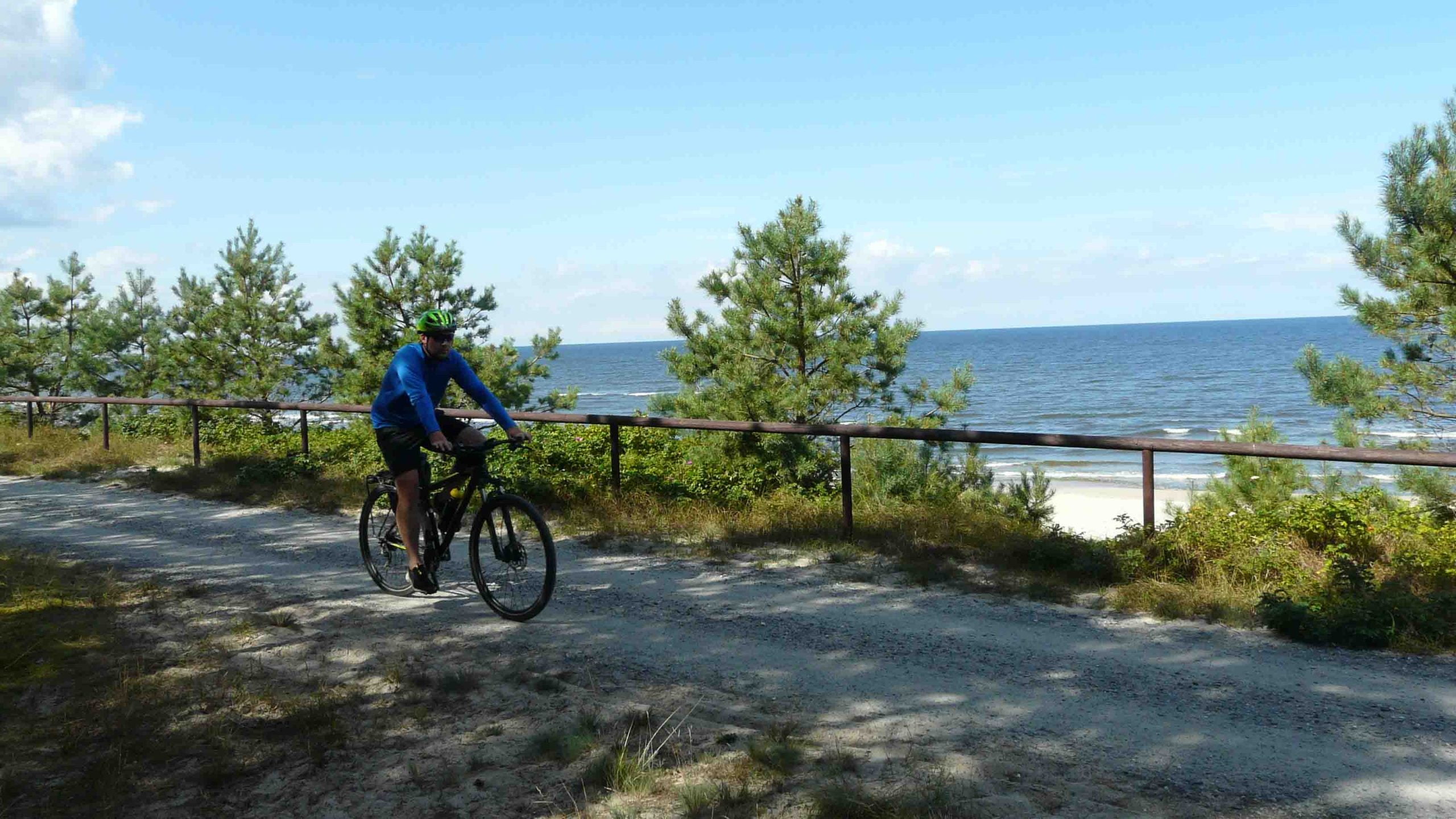



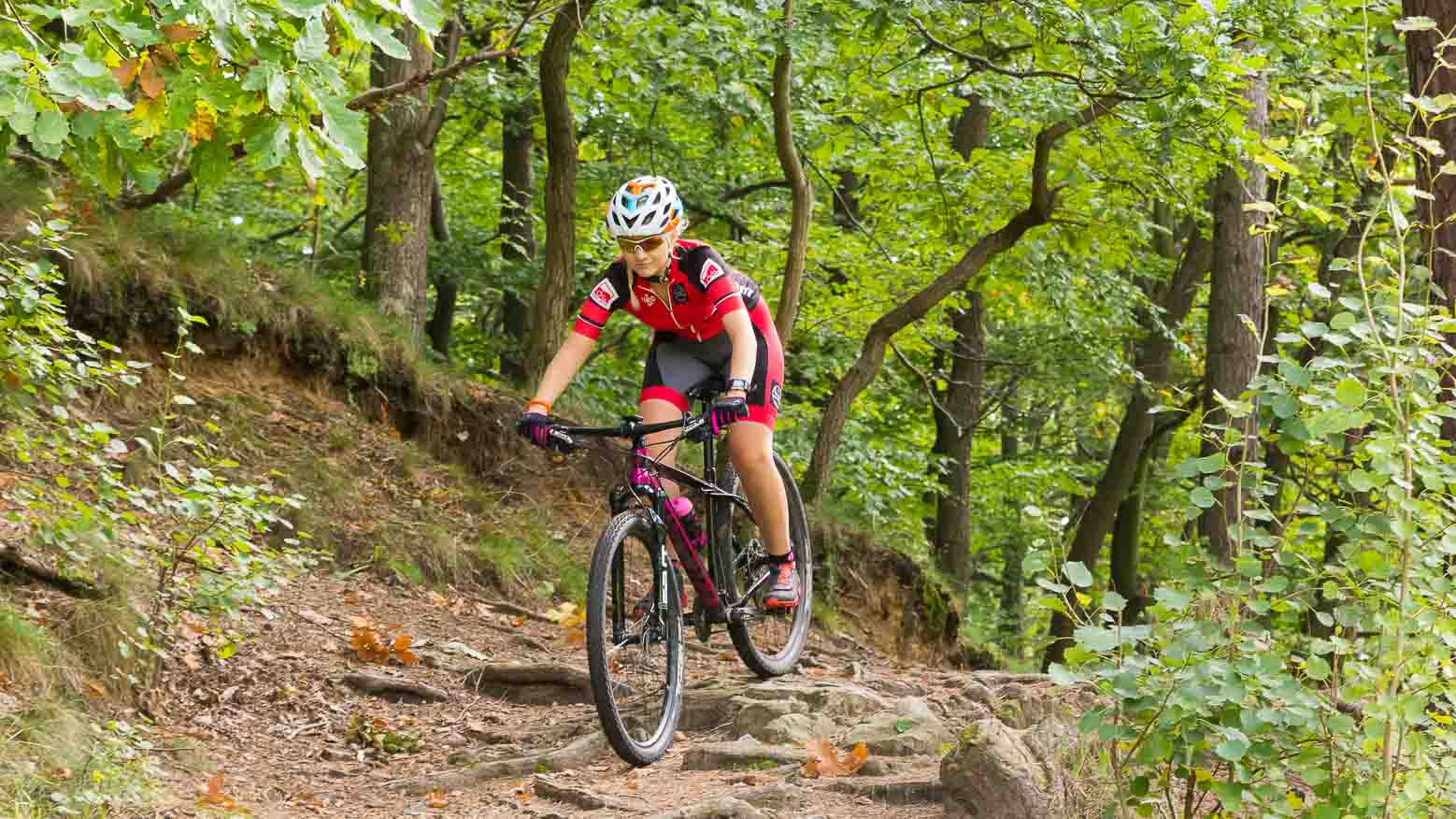
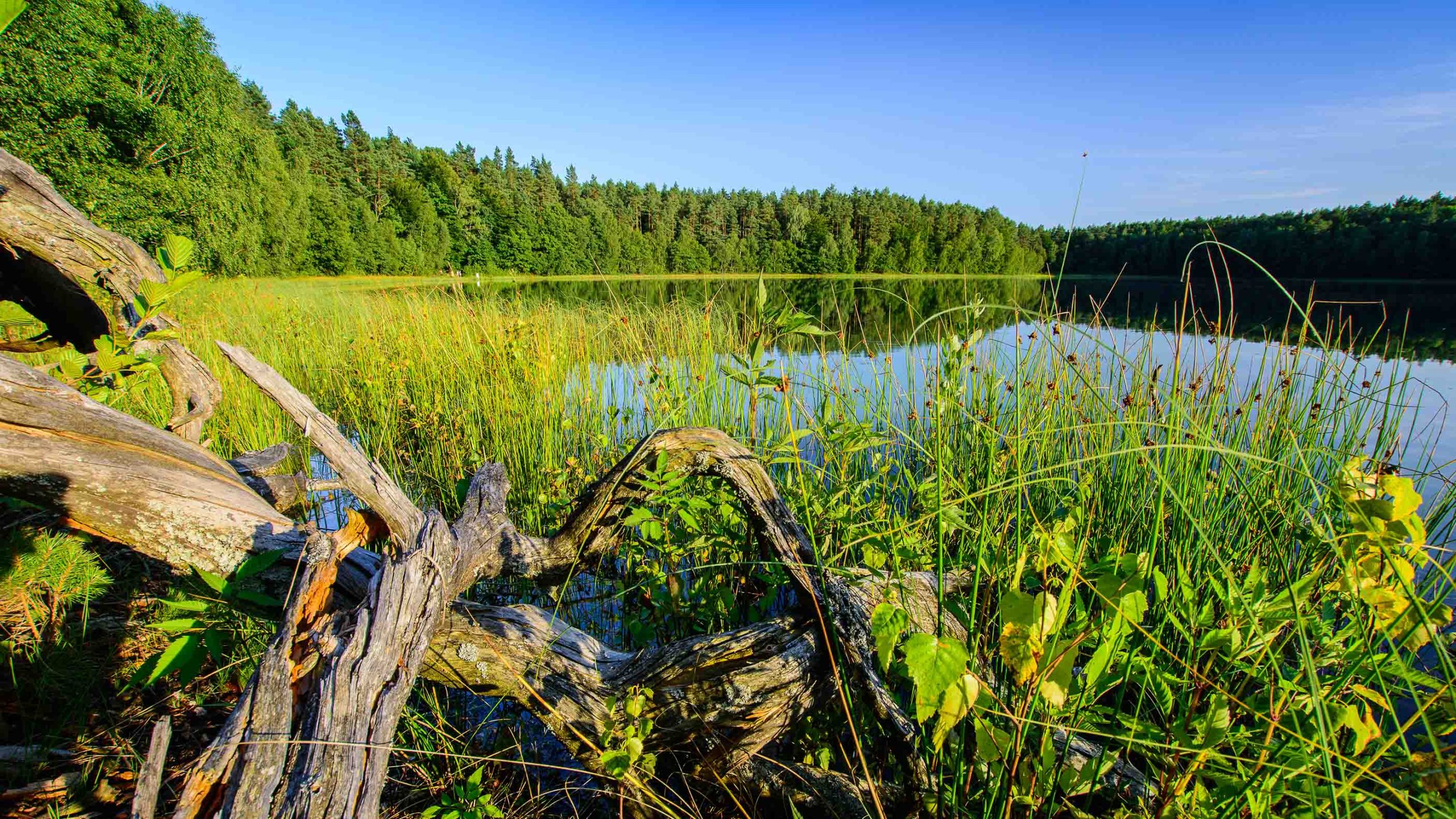




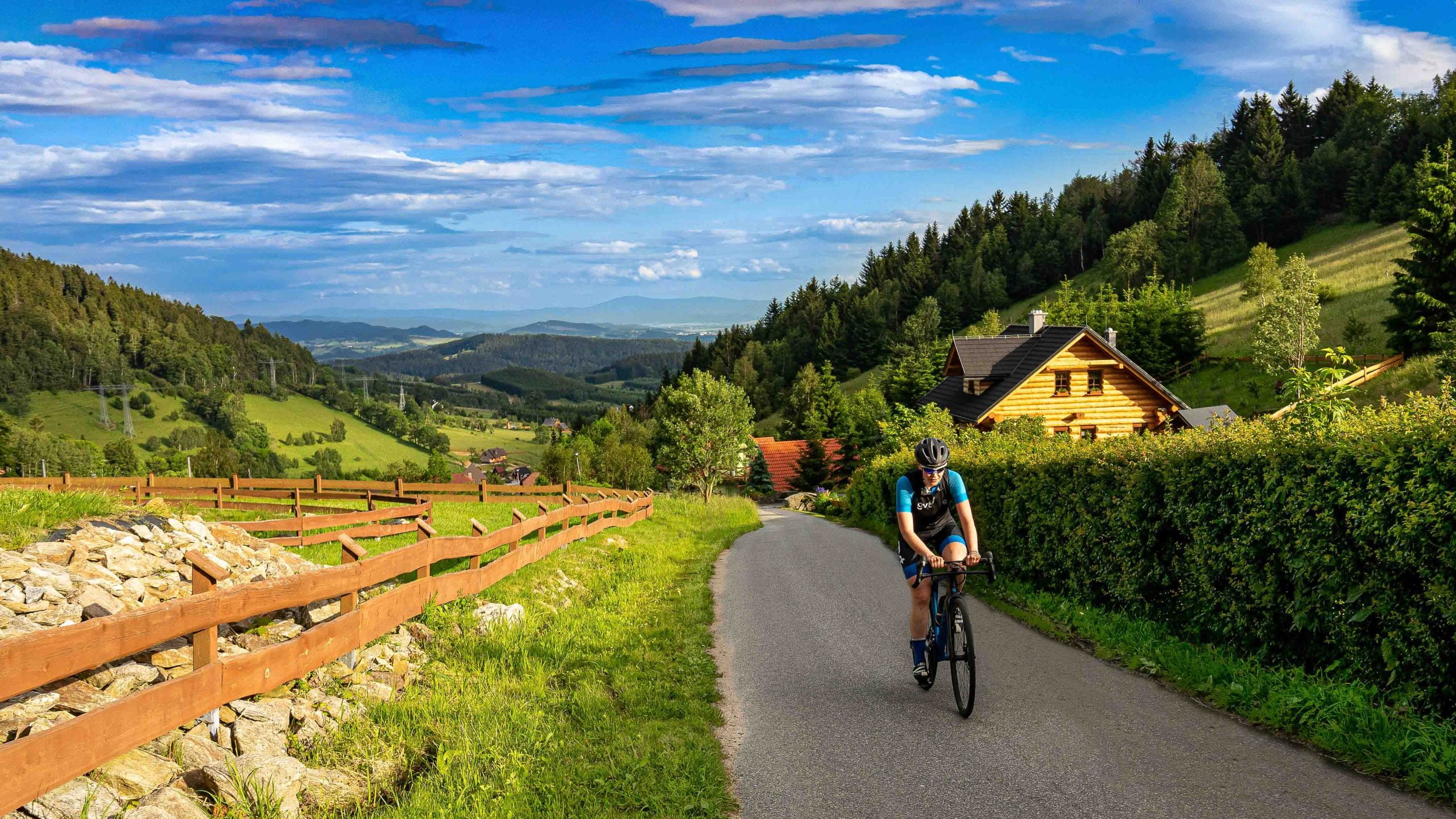




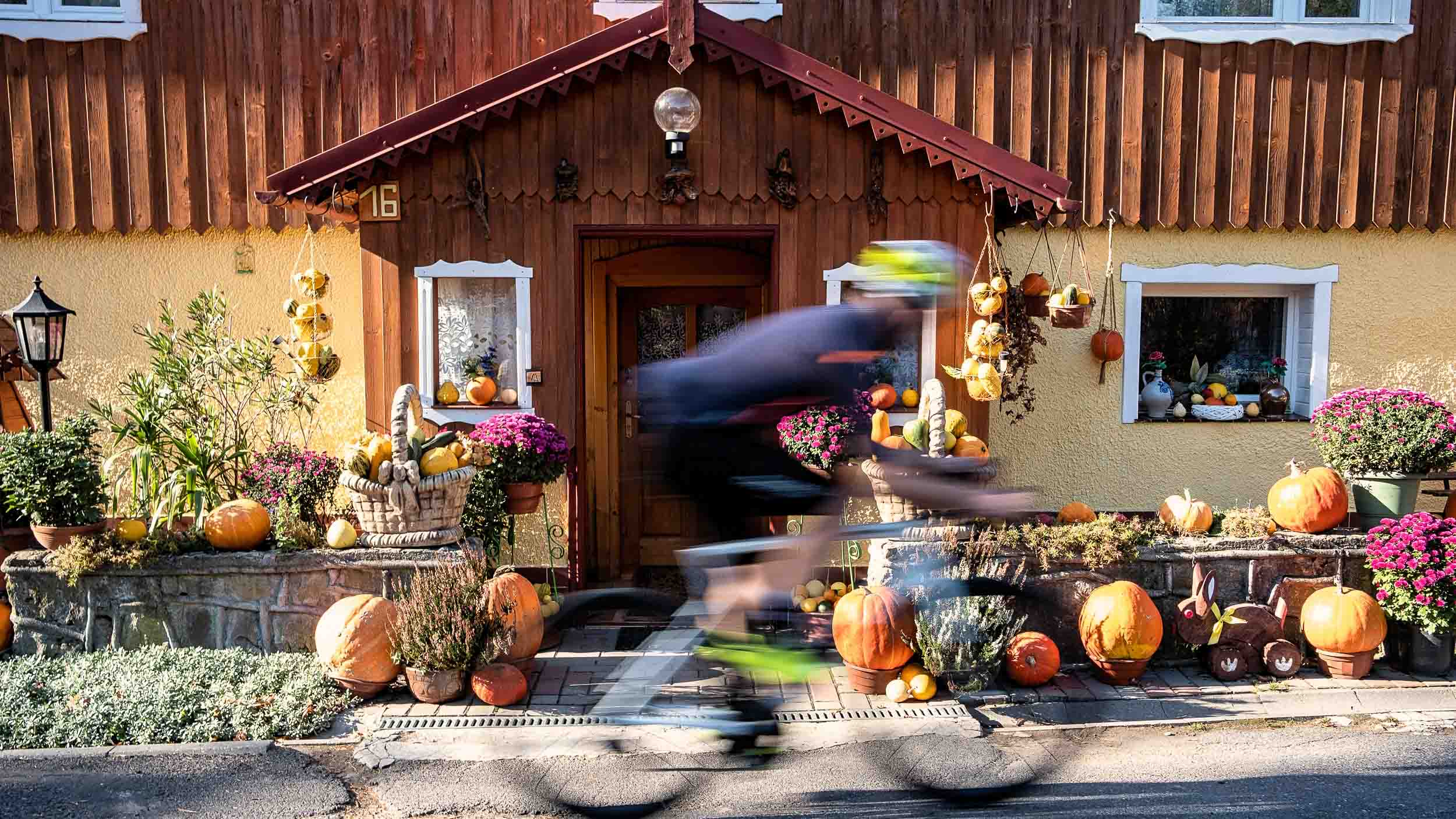


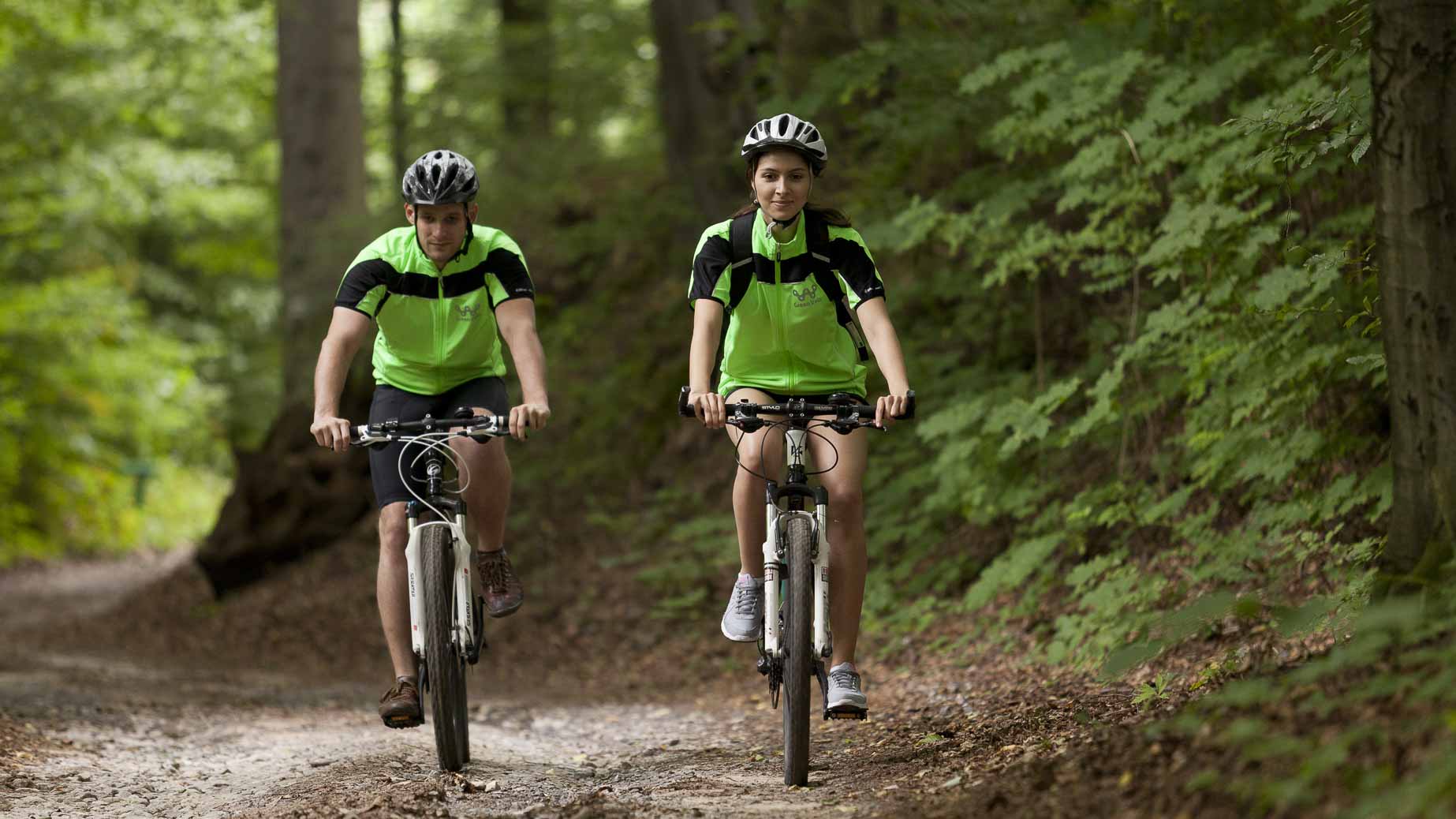
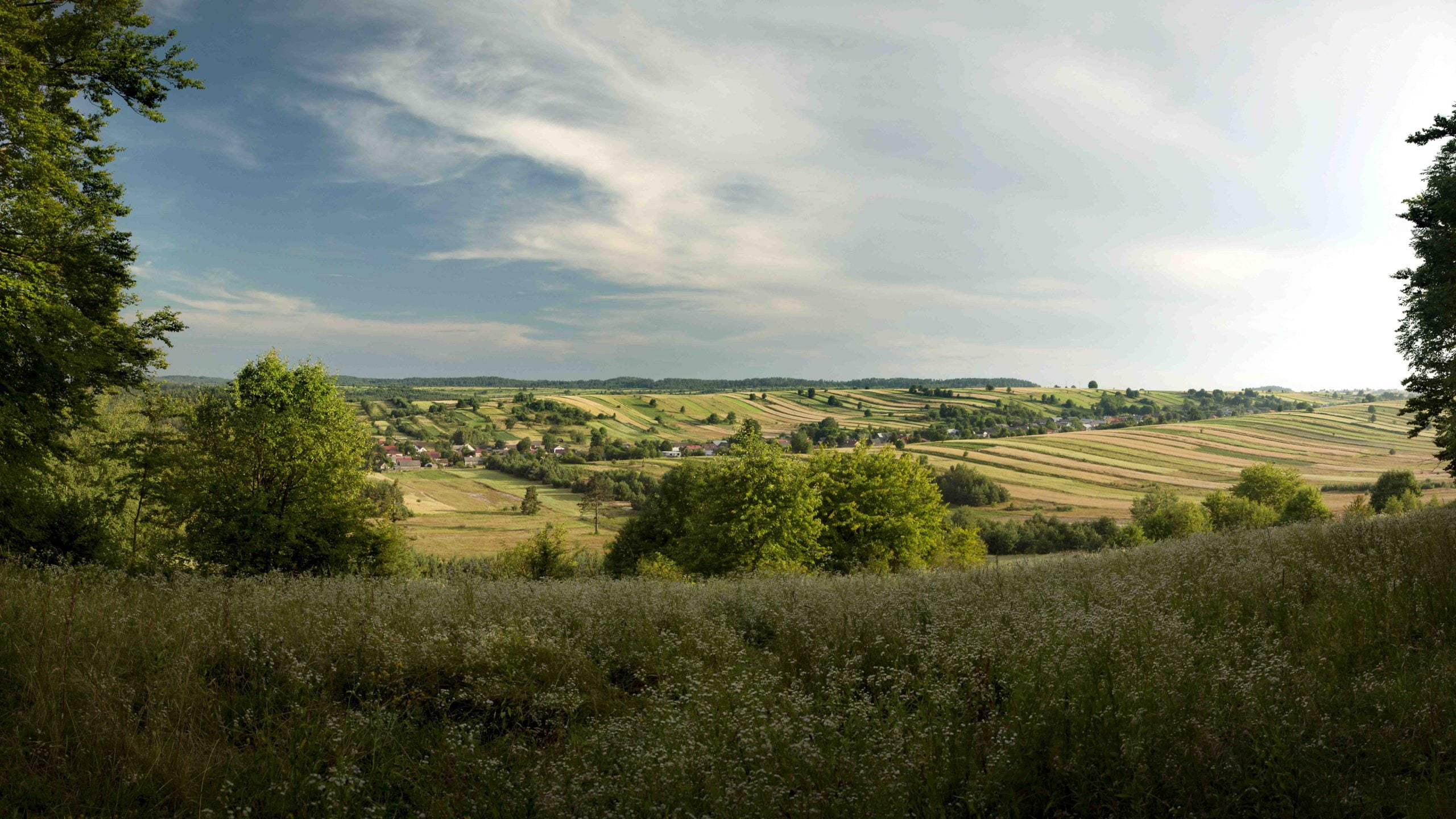

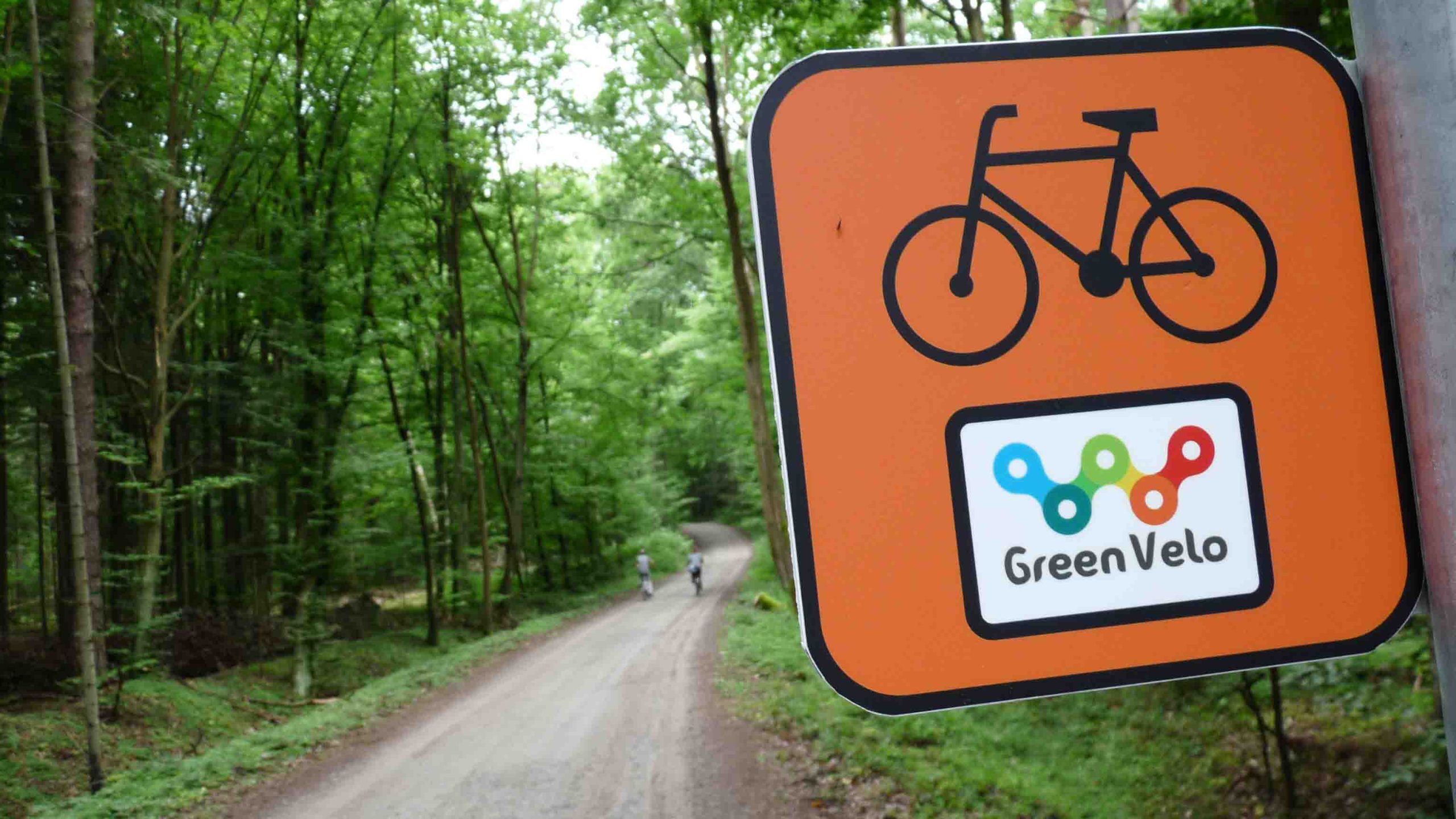





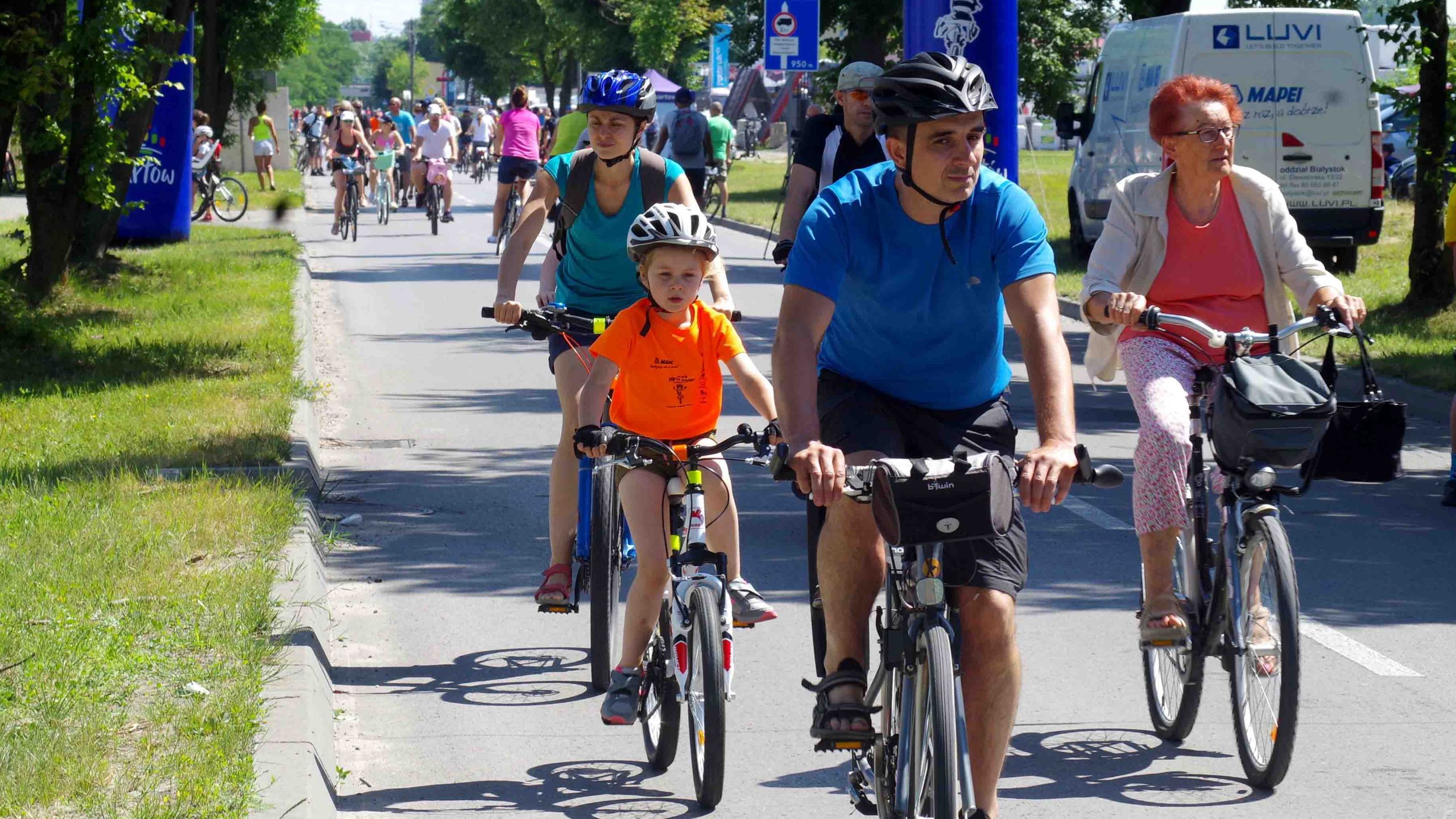


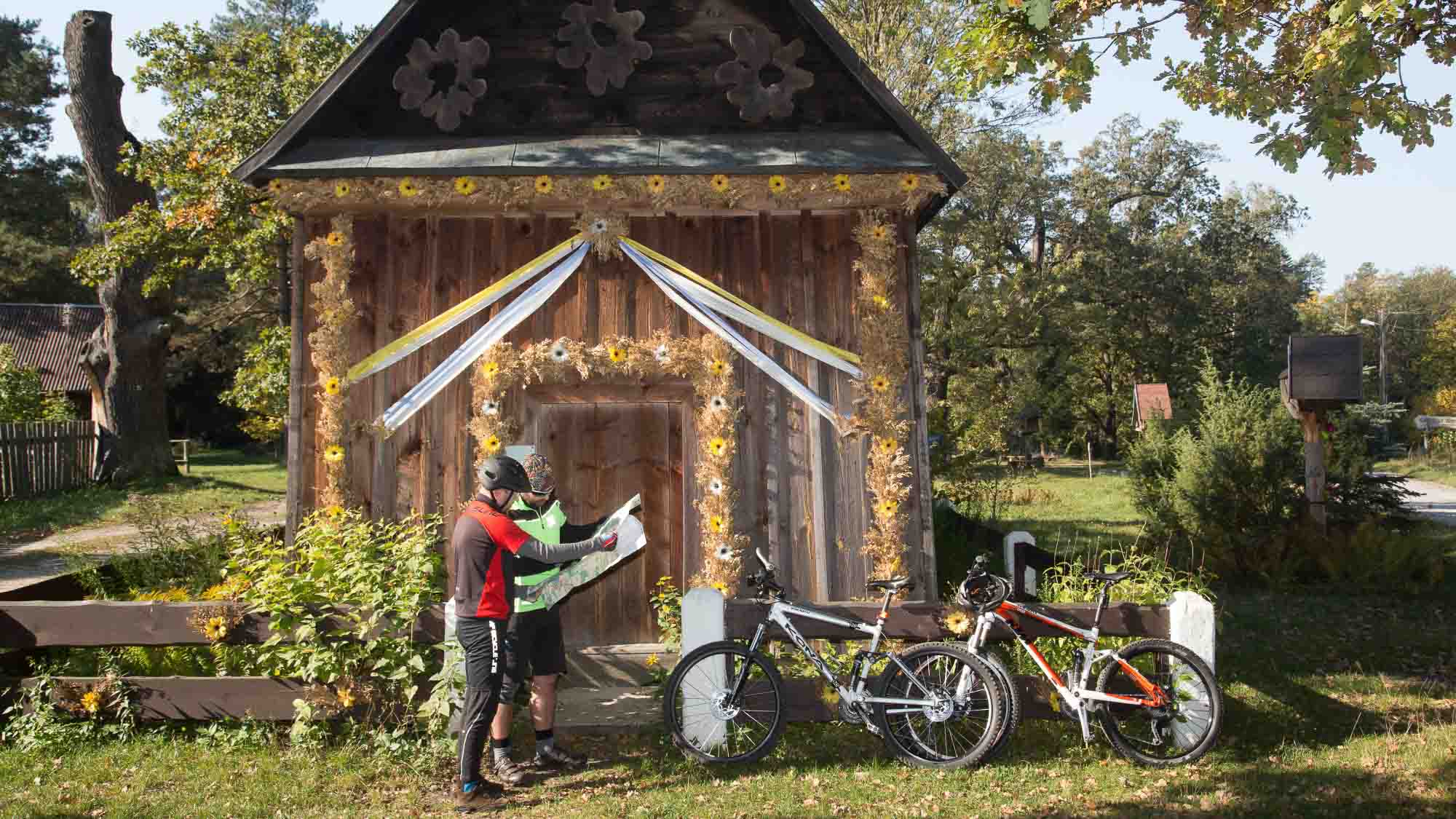
Comments